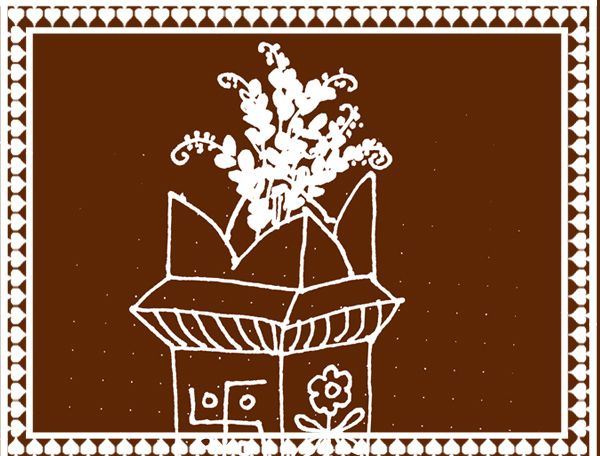
In India, Basil (Ocimum tenuiflorum) is grown in every home. Locally known as tulasi, its numerous medicinal benefits are well known to its people. In fact this plant is revered in India as a sacred plant – holy basil and worshipped everyday in a form of a goddess. There are many stories in Puranas narrating how a humble wild herb turned into a goddess.
The Curse
Saraswati, Ganga and Lakshmi were wives of Lord Mahavishnu. The Lord loved all three wives equally, but each one of the wives wanted his undivided attention and love. Once all three of them along with Lord Vishnu were sitting together in the garden when Ganga lustfully glanced at Mahavishnu, which was immediately noticed by Saraswati and Lakshmi. Saraswati got angry and caught hold of Ganga by her hair, and dragged her to ground, and a catfight broke out between them. Seeing this Lakshmi intervened and caught hold of Saraswati preventing her from further assaulting Ganga. But Saraswati who was in a state of extreme anger poured her rage on Lakshmi by cursing her to be born as a plant on the earth. Ganga cursed Saraswati that she would be born as a river on the earth. Saraswati then cursed Ganga that she too would be born as a river on the earth. Once the whole drama settled down, Visnu called Lakshmi to his side and said, “ Oh Devi do not worry. Things have happened as predestined. You shall go to earth and take birth as the daughter of Dharmadhvaja. Your divine grace will transform you into a plant, sacred enough to make all three worlds pure by your presence and that plant will be known as ‘Tulasi’. A demon named Shankhachuda who shares part of my virile strength will marry you and I will retrieve you from him and thus you will be my wife once again”.
Birth of Tulasi
Dharmadhvaja and Kushadhvaja did penance and propitiated Mahalakshmi and persuaded her to be born in their homes as their daughter. Thus Kushdhvaja’s wife Malavati gave birth to a daughter and they named her Vedavati ( Sita), who later married Shree Ram.
Meantime Dharmadhvaja’s wife Madhavi delivered a pretty daughter, and they named her Tulasi meaning, the matchless one. But Tulasi after renouncing all worldly pleasures went off to Badrikashrama, praying for Mahavishnu to become her husband. Eventually, Brahma appeared before Tulasi and asked her the purpose of her penance, and she told him that she wants to marry only Mahavishnu and no one else. Brahma said “Devi, it is very difficult to marry Vishnu on this earthly plane or bhu-loka. Instead, why don’t you marry Sankhachuda as he is part of Vishnu himself? This Sankhachuda is none other than Sudama, a friend of Krishna. Once you are married to him, Vishnu will come seeking and marry you in the form of a Tulasi plant. Thus Tulasi will become the dearest plant for Vishnu, and you will be always be united with him in this bhu-loka”.
Marriage of Tulasi
Due to the curse of Radha, Sudama, the childhood friend of Krishna was born as the demon Shankhachuda. Sankhachuda did penance to propitiate Brahma, seeking Vishnu-Kavach. Brahma was pleased by Sankachuda’s penance and granted him the boon that death will touch him only when Vishnu -kavach is removed from his body, or his wife’s chastity is lost. Meanwhile, Tulasi met Sankhachuda as per Brahma’s advise and married him. Having acquired Tulasi in marriage, Sankhachuda became arrogant and started teasing Devas by boasting that he has the most prized woman in all three worlds – the most beautiful and chaste woman, his wife Tulasi. He also knew the boon he had received from Brahma had made him invincible. His arrogance caused innumerable troubles to the Devas, who then approached Mahavishnu. Mahavishnu sent Shiva to kill Shankhachuda. Shankhachuda took leave of Tulasi to fight with Shiva. As Tulasi was at home alone, Mahavishnu assumed the form of Shankhachuda and entered the home of Tulasi. As the dutiful wife Tulasi ‘entertained’ her husband. But soon realised the man in her bed is not her husband but an imposter. Thus Sankhachuda was defeated and killed in the war against Devas because Tulasi lost her chastity.
Tulasi cursed the imposter for defiling her. Mahavishnu assuming his real form told her “Oh Devi, don’t worry, you had prayed and asked me to be your husband on this bhu-loka. I will marry you in the form of a plant here on this earth and our marriage will be celebrated by all of mankind and thus your wish to be my wife will be fulfilled.” The body of Tulasi decayed and became the holy river Gandaki, and her hair became the Tulasi plant.
Alternate Myth
The demon Jalandhar was becoming more and more powerful day by day. He had already conquered Patal and Dharti and was gaining on the kingdom of Devas, i.e. Swarga. Gods began to panic as they knew Jalandhar was invincible and the defeat of gods was imminent. They approached Vishnu and pleaded with him to help the gods. Vishnu knew that Jalandhar ‘s power lay with his chaste wife Vrunda. Her chastity was his real strength. One day when Jalandhar was away in battle, Vishnu assumed the form of Jalandhar and entered Vrunda’s home. Not knowing the man is not her husband, she entertained him as the dutiful wife. But then Vishnu assumed his real form and Vrunda realised that she has been ‘defiled’. Meanwhile, as a result, Jalandhar lost the battle with the gods. Vrunda turned herself into the holy basil or Tulsi plant and she cursed Vishnu, and asked him to redeem herself from the blot of shame. Vishnu accepted her plea and told Vrunda that he would marry her. Following that promise, Vishnu/Krishna comes to marry Vrunda every year under the bright moon of 12th day, in the month of Karttika according to the Hindu calendar.
Ritual
Skanda Purana describes the festival dedicated to Krishna from the 9th to 12th bright Karttika month, culminating in the marriage of Krishna /Vishnu with Tulsi Plant.
‘A gold idol of Vishnu is brought home accompanied by musical instruments and the chanting of Vedic mantras. Tulsi plant and idol of Vishnu are then joined in wedlock during the dusk strictly following all the wedding rites which include, kanyadana, saptapadi, hastagrahan, lajjahome etc’.
Story collected by : Vidya Kamat
Source: Bhartiya Sanskruti Vishva kosh Ed By Lakshmanshastri Joshi
Location : Pan India
Image Copyright: Vidya Kamat







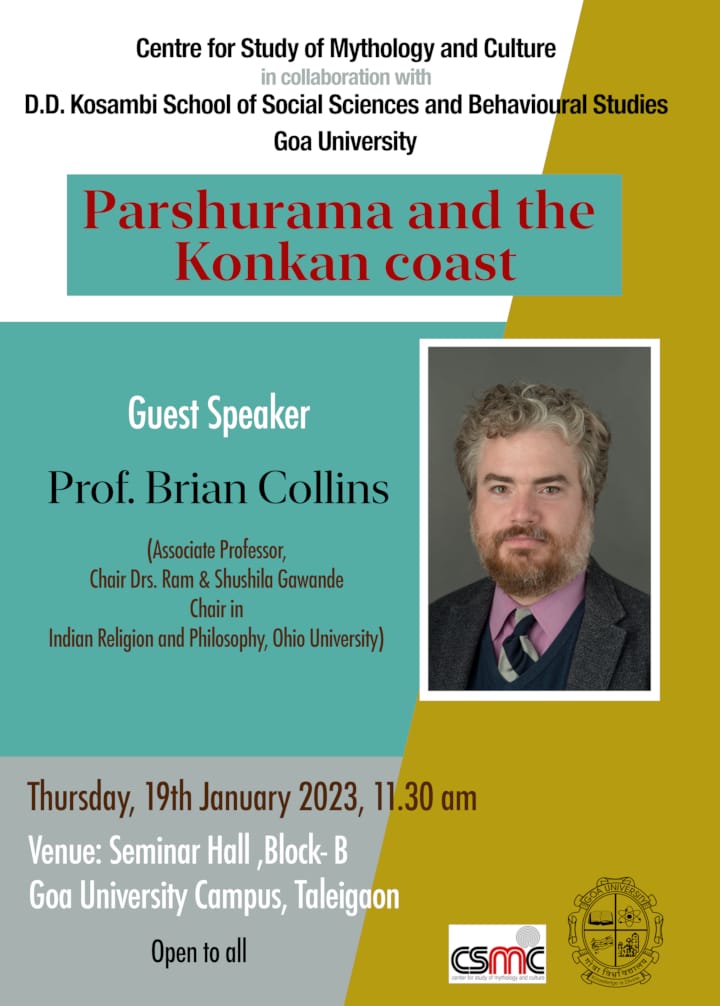
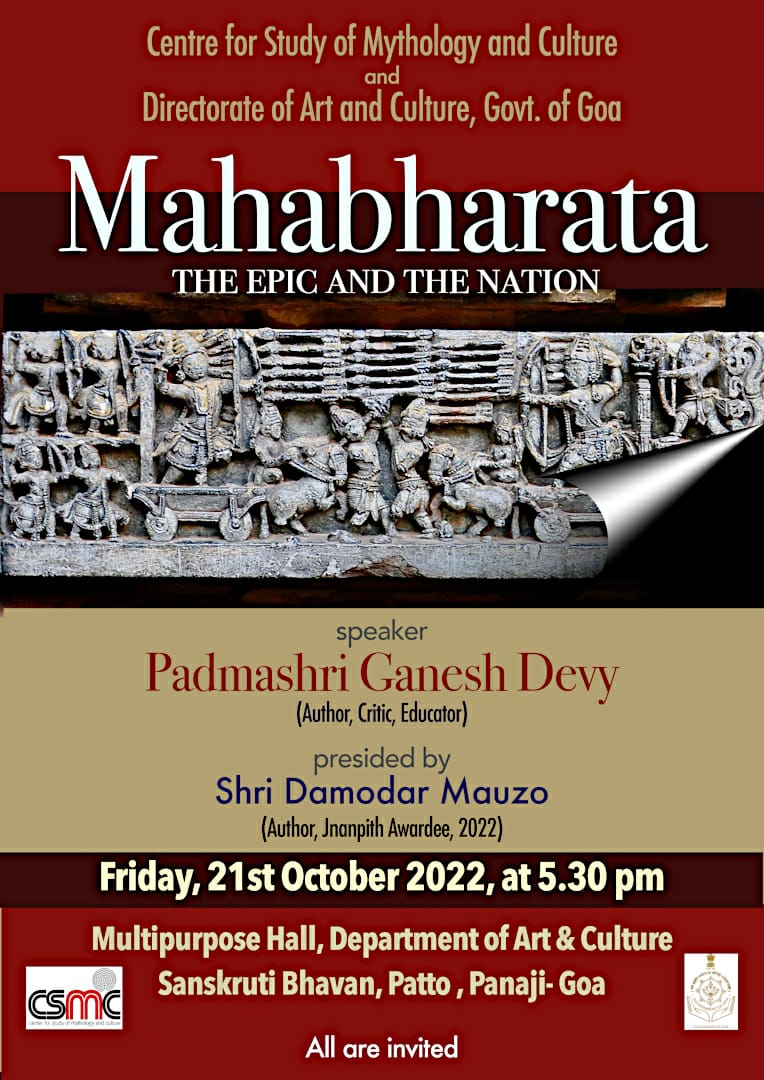
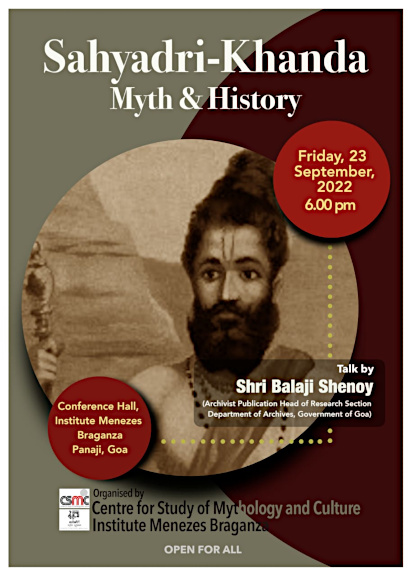
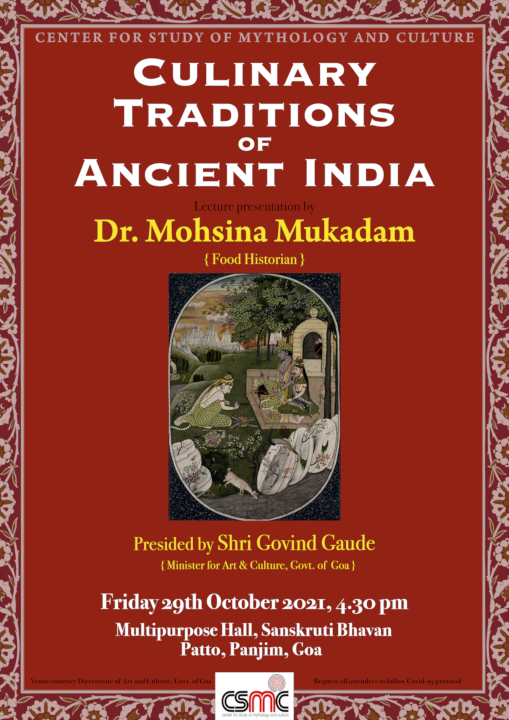

Leave a Comment